What makes the best loyalty scheme? Fixed earning and redeeming, or revenue-based?
Links on Head for Points may support the site by paying a commission. See here for all partner links.
The pushback to Eurostar’s changes to Club Eurostar last week highlighted the risks (for a loyalty scheme) of having a fixed price reward chart.
If you missed our article on the Club Eurostar changes last week, the points cost of free Eurostar train tickets has gone up by 67%. The actual cost was doubled but this was offset by a 20% boost to existing points balances and ongoing earning rates.
Does this mean that having a fixed price reward chart is, in general, a mistake?
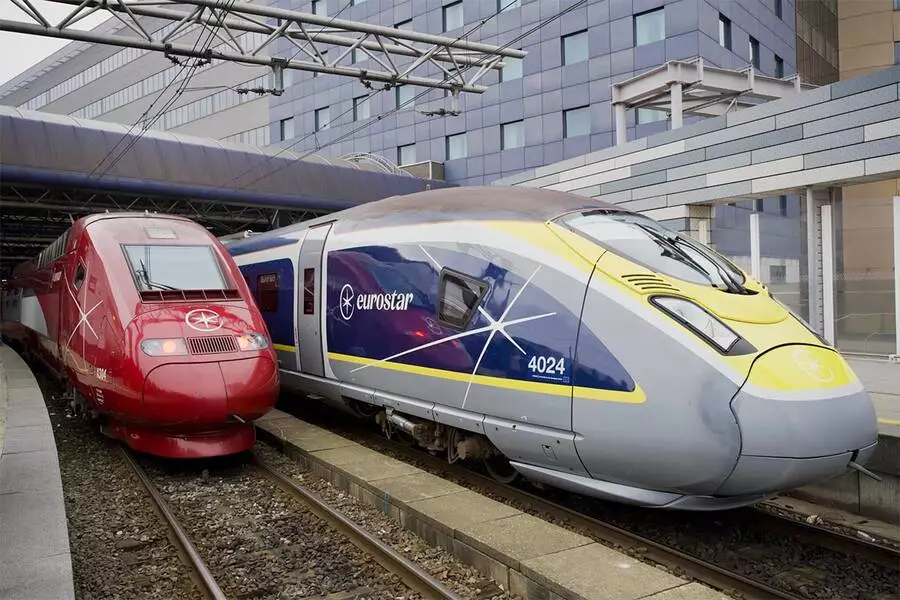
Fixed price reward charts work well when points earning is also fixed. This is historically how frequent flyer schemes worked. You earned miles based on the distance you flew (with an adjustment for your cabin class and status) and redeemed via a fixed reward chart.
In theory, an economy flight to New York would earn you 3,450 miles and a free flight would cost you, say, 20,000 miles.
Even if we had hyperinflation there is no reason why this structure would be impacted. The ratio of tickets sold to reward tickets issued would remain the same. The scheme would never need to devalue.
Club Eurostar didn’t work this way
When you have a fixed price reward chart but your earning structure is based on £ spent, ticket inflation automatically creates inflation inside your loyalty scheme. You can’t avoid this.
Let’s take an extreme case. In 50 years, a return Eurostar ticket to Paris will probably cost £2,000. if Eurostar kept the cost of a reward seat at 1,000 points, you would have got two free tickets for every paid one! This is clearly unsustainable and devaluation is inevitable.
The logical answer would be to rebase your reward pricing chart each year based on ticket inflation, but no-one wants to do this. It looks bad to members and incurs what economists call ‘menu costs’ (ie changing your prices incurs time, effort and cost and should therefore be done as rarely as possible).
Instead, companies end up making sharp (very sharp in Eurostar’s case – a 67% increase) changes to their reward pricing every few years. In the case of Club Eurostar, prices were last changed six years ago. Clearly ticket price inflation since 2017 has been high, although admittedly not 67%.
Customers prefer fixed reward charts to the alternative
Customers want fixed reward charts. Loyalty is a two way street. You, the customer, are willing to keep your side of the bargain – giving a company a certain level of your custom – but you want clarity on what you will get in return as your reward.
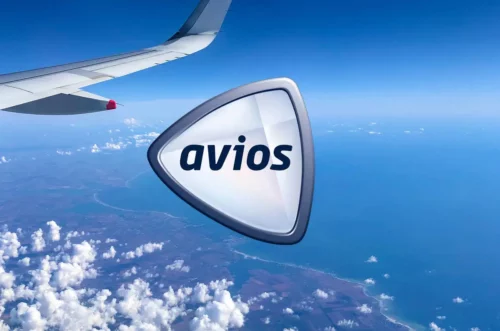
Coffee stamp cards may not be very exciting but everyone knows the deal. Buy 10 drinks, get one free. It’s not ‘buy 10 drinks and you or may not have enough credit to get something for free’.
That said, just because you have fixed earning rates and fixed price redemption charts, it doesn’t mean you can avoid devaluation completely.
This is because loyalty programmes find new ways of issuing points, usually via credit card companies, which inject more points into the system and where the volume issued DOES go up with inflation. Credit card spend will tend to track inflation, for example. This will make a fixed redemption chart unviable in the long run.
There are four possible combinations of fixed vs variable points earning and spending
Which model of earning and burning points works best? And do we mean best for you, or best for the loyalty programme itself? (Should these answers be the same?)
Option 1: Spend-based points earning with a fixed reward chart
This is the Club Eurostar model, the World of Hyatt model and is the model that Avios will move to from next week.
This model requires that there is a sharp devaluation every few years. It is impossible to avoid it. Inflation in the cost of flights or hotel rooms means more points are issued each year, but the cost of redeeming is unchanged. This isn’t sustainable.
This will clearly annoy your best customers if not done well, but – outside the periods of devaluation – provides clarity to customers on what they need to earn to get a certain reward.
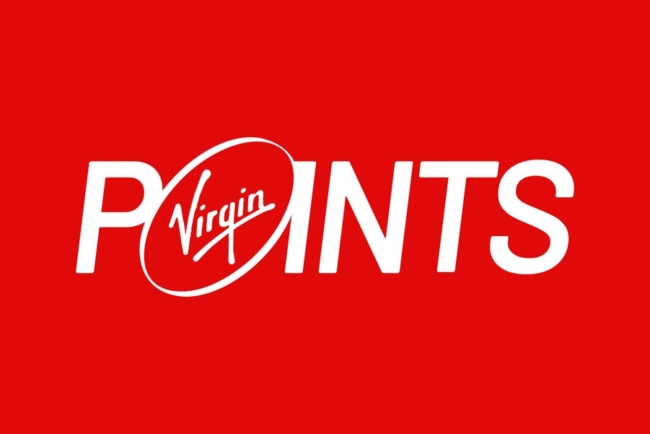
Option 2: Spend-based points earning with a revenue-based reward chart
This is the model that, with some tweaks, Hilton, Marriott and IHG have followed. In theory, once you have adopted this model, you never need to devalue your programme again.
In this model, both the points you earn for a flight / hotel stay and the points you need to spend to get a ‘free’ one are based on the actual cash cost.
The cost of reward nights will go up every year (as reward prices are based on the cash room rate) but the points you earn go up every year as room rates increase as they are based on ‘points per $ spent’.
The problem for a loyalty programme is that this encourages ‘earn and burn’ behaviour in members. The numbers of points needed for a free room will keep going up with inflation – so best to redeem now whilst you have enough – and the ‘pence per point’ ratio won’t improve if you delay.
A member with a zero points balance – which is what you will have when you realise that there is no point in keeping your points for the long term – doesn’t have much motivation to stay loyal for their next stay.
Option 3: Fixed points earning with a revenue-based reward chart
Off the top of my head I can’t think of a major programme that works this way. It is what would happen if, for example, Marriott started giving out a fixed number of points per stay but kept reward pricing as a factor of the cash rate.
For example, Marriott could give you a flat 1,000 points per night when you stay at a certain brand but make the cost of a free night dependant on the cash cost on the day you want.
The snag for a programme which did this is that it becomes less and less competitive each year as customers find that their points don’t go as far as they did. Customers also have no clarity when they commit to a scheme of what the end reward will cost them.

Option 4: Fixed points earning with a fixed reward chart
This is what Avios would look like (at least until next week when it goes revenue based) if there were no external partners. You’d earn a fixed number of points per flight and you’d know in advance exactly how many flights would be required to get a free one.
It’s also how coffee stamp cards work, of course.
This option is arguably the best for both scheme members and the programs themselves. As there would be no points inflation (London to New York remains 3,450 miles away), there is no need to ever devalue the reward chart. Customers have an implicit promise that if they do a certain number of flights or nights they can get a specific reward.
The problems start as soon as the programme adds external partners which are spend-driven, such as a credit card partner. This starts to build inflationary pressure on redemptions by putting more points into the system, a number which goes up each year as inflation drives up card spend.
Conclusion
All models of running a loyalty programme have their flaws and benefits – both to members and to the programme owner. The easiest model for the company (revenue based earning and revenue based spending, which means liabilities are easy to track) is not the most attractive for the customer.
What we saw from Club Eurostar last week was simply the logical end-point of running a programme where redemption prices were fixed but points earning is driven by money spent, a sum which increases each year.



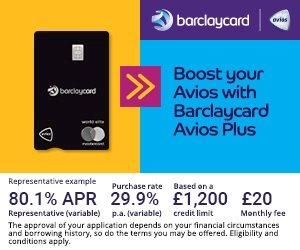

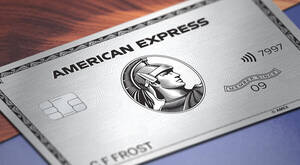

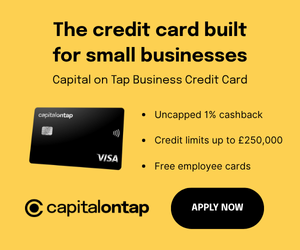
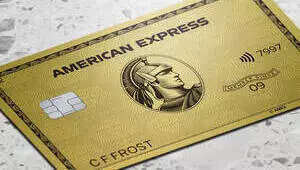
Comments (53)